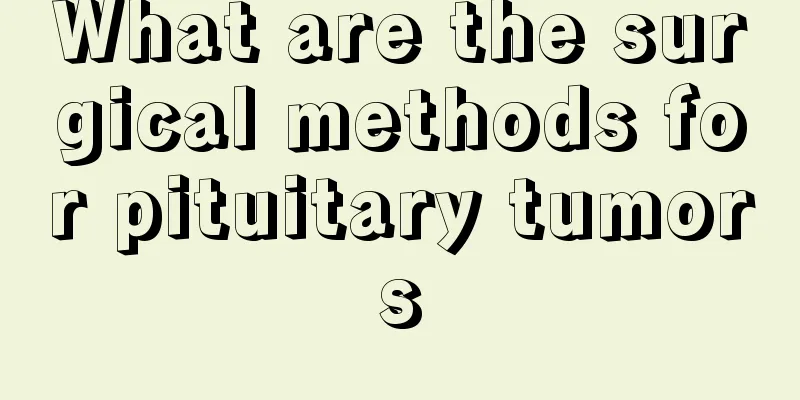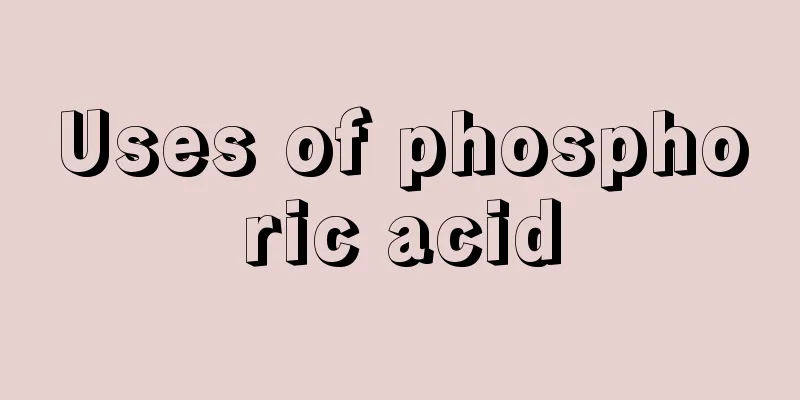What are the surgical methods for pituitary tumors

|
With the continuous progress of medicine, the methods of treating pituitary tumors are becoming more and more advanced. People are very interested in some surgical treatments for pituitary tumors. Patients are very eager to understand the characteristics of various surgical methods and choose appropriate treatment methods to reduce the various risks caused by treatment. So, what are the surgical methods for pituitary tumors? The treatment of pituitary tumors should be based on the patient's specific situation. Currently commonly used methods include surgical treatment, radiotherapy and drug treatment. For larger tumors, especially those that break through the sellar diaphragm, with visual impairment, visual field impairment, and compression of multiple neural structures, surgical treatment is the first choice. Commonly used methods include craniotomy through the frontal lobe, through the temporal lobe, through the sphenoid wing, and non-craniotomy transsphenoidal pituitary tumor resection. Craniotomy: It is mostly used for patients with tumors protruding above the sella turcica and visual impairment. Currently, the frontal lobe approach and the temporal lobe approach are rarely used. The pterional approach to craniotomy can explore the sella turcica from the upper and outer sides of the sella turcica. At the same time, the important nerve and vascular structures around the sella turcica are well displayed, and the tumor can be completely removed. The important structures can be properly protected. Therefore, it is almost suitable for all types of pituitary tumor resection. However, this surgical approach is relatively complicated and requires good microanatomy knowledge and micromanipulation techniques to complete. If the operation is improper, different types of complications may occur. Transsphenoidal pituitary tumor resection: It is mainly suitable for pituitary microadenomas that protrude slightly above the sella turcica or are confined to the sella turcica. This procedure does not require craniotomy, has less surgical damage, can preserve pituitary function, has few postoperative complications, and has satisfactory therapeutic effects. Therefore, most patients with pituitary microadenomas are willing to accept this treatment method. The above is an introduction to surgical methods for pituitary tumors. I hope it will be helpful to you. |
<<: What are the causes of testicular cancer
>>: What are the dangers of testicular cancer
Recommend
What does split personality mean
Split personality is a type of personality disord...
Microwave cooking
Microwave ovens are an electrical appliance commo...
How to get rid of ants in the bedroom?
Ants are a common insect in our lives. They are m...
The role of nerve growth factor
Maybe we are not very familiar with nerve growth ...
How should I exercise after colon cancer surgery
Remember to move more after colon cancer surgery....
What foods should you pay attention to for cervical cancer
Cervical cancer can be divided into carcinoma in ...
How to thin thick lips? Do I need surgery?
Many female friends hope that their lips can beco...
What should you eat for early stage lung cancer? Four dietary taboos for early stage lung cancer should be remembered
For patients with early lung cancer, in addition ...
What are the applications of the Hand Yangming Large Intestine Meridian?
The Hand Yangming Large Intestine Meridian is a v...
What to do if you drown while swimming
Recently, many people have experienced water inge...
Is testosterone an androgen?
People do not have a detailed understanding of ma...
Eating more cauliflower and cabbage can prevent pancreatic cancer
It is good for pancreatic cancer patients to eat ...
How long can you live with advanced prostate cancer? Four methods to extend the life of patients with advanced prostate cancer
Patients with prostate cancer may experience seve...
Does taking a bath lower blood pressure?
In this age of plenty, food and clothing are no l...
How to determine whether the epiphyseal line is closed?
If you don't understand the physiological str...









